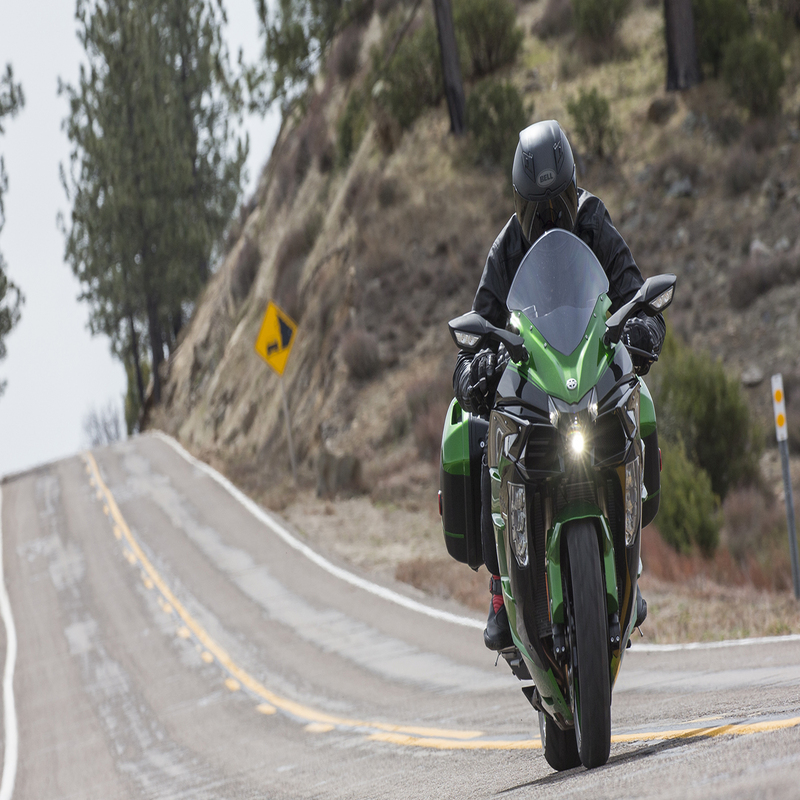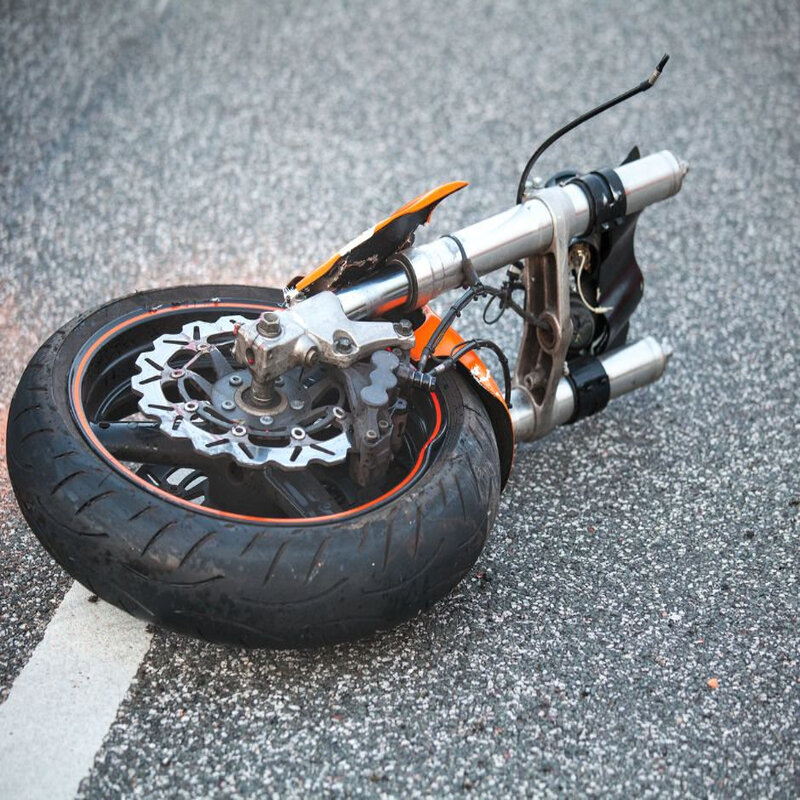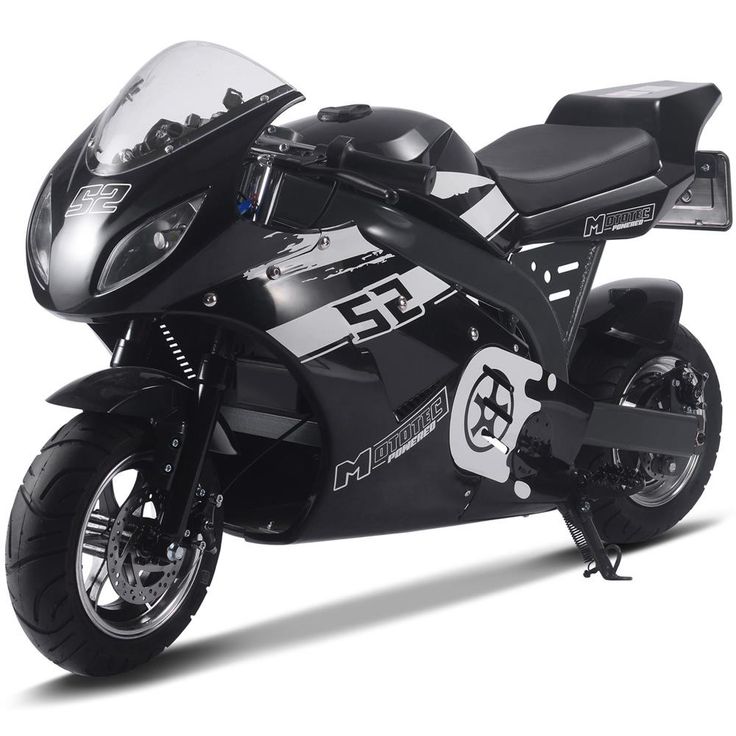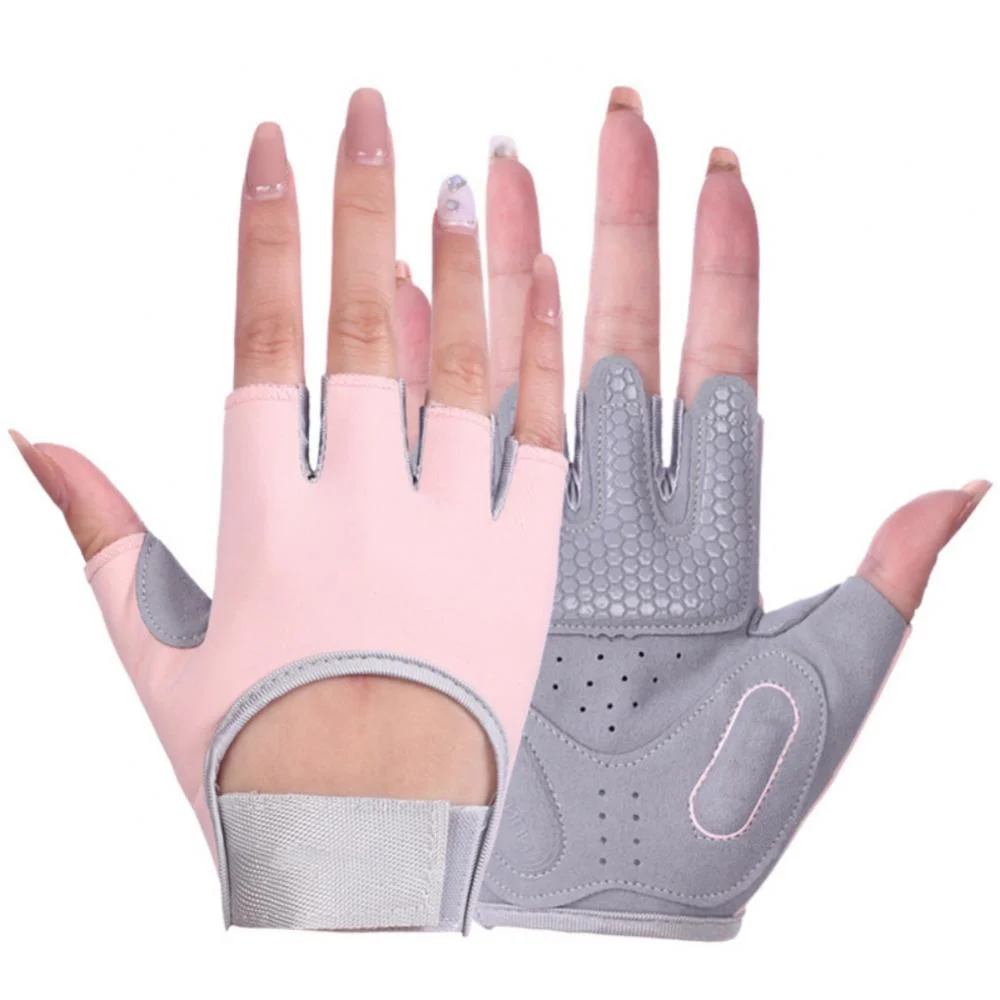Introduction
Motorcyclists frequently experience various challenges while riding, and one of the most alarming is the phenomenon known as “death wobble.” This unsettling occurrence can strike unexpectedly, leading to a loss of control and increasing the likelihood of an accident. It can be particularly daunting for riders, especially those who are new to the sport. Understanding what death wobble is, its causes, effects, and how to prevent it is essential for every motorcycle enthusiast. Knowledge is a powerful tool that helps ensure the safety of not only the rider but also others on the road.
In this article, we will explore the intricacies of death wobble in detail. We will outline its definition, causes, and recommendations for prevention. Furthermore, we will share guidelines for what to do if it occurs. The insights provided here aim to enhance rider awareness and responsiveness to this serious issue. Through proper education, riders can bolster their skills and confidence and ultimately make their journeys safer and more enjoyable.
Motorcycling, while exhilarating, carries inherent risks. Yet with knowledge about issues like death wobble, riders can mitigate dangers. Hence, we embark on this informative journey to break down the phenomenon of death wobble in a comprehensive manner.

What is Death Wobble?
The significance
Death wobble is defined as an uncontrollable oscillation that affects the motorcycle’s front end. Riders often experience it as a sudden shaking of the handlebars. This disturbing movement typically occurs at specific speeds, usually around 40 to 60 mph. In some instances, the shaking seems to resolve itself after the rider reduces speed or adjusts their grip. However, the initial experience can be disconcerting, especially for those unfamiliar with such situations.
Factors
There are several factors contributing to death wobble in motorcycles. It can happen for various reasons, including mechanical issues, improper loading, or even rider techniques. Each of these factors alters the motorcycle’s stability, creating conditions for wobble to manifest. Therefore, identifying the root cause is crucial in both understanding and addressing the issue effectively.
Moreover, the consequences of death wobble can range from mildly alarming to catastrophic. In severe cases, it may lead to loss of control and result in accidents. Thus, recognizing symptoms early can be pivotal in preventing dire situations. Every motorcycle rider should be familiar with what constitutes death wobble and how to respond if faced with it.
Symptoms and Causes of Death Wobble
Symptoms of Death Wobble
Recognizing the symptoms of death wobble is crucial for any rider. As previously mentioned, the most common symptom is a rapid shaking of the handlebars. Riders may feel the front tire vibrating, and at times, it may appear to move side to side. This oscillation can be alarming and may come with a sense of unbalance.
Additionally, riders may experience a change in steering feel. It often becomes difficult to maintain a straight line, resulting in steering corrections that are frightening for the rider.
Lastly, there could be accompanying noises. Some riders report hearing a distinct sound emanating from the front wheel or forks. These symptoms combine to form a clear signal that something is not right. Recognizing these indicators early can help avert potential danger.
Causes of Death Wobble
Several factors contribute to death wobble, and understanding these can aid in preventative measures. A common cause is suspension issues. If the motorcycle’s suspension is damaged or misaligned, it can significantly impact stability. Riders should regularly check their bike’s suspension settings to avoid problems.
Another prevalent cause is tire-related issues. For instance, improperly inflated tires or uneven wear can result in instability. Regular tire inspections are essential to ensure they remain in optimal condition.
In addition, improper loading of cargo can destabilize the motorcycle. Excess weight in an unbalanced position may shift the center of gravity. This shift can lead to dangerous conditions that promote wobble. Therefore, always distribute weight evenly when carrying cargo.

Preventing Death Wobble
Preventative measures
Preventative measures can significantly reduce the chances of experiencing death wobble. First and foremost, regular maintenance is key. Ensure all mechanical components, especially the front end, are checked frequently. Include inspections of the forks, tires, and wheel bearings during routine maintenance. Paying attention to these areas can help catch potential issues before they escalate.
Equally important is weight distribution. Understand your motorcycle’s specifications regarding load capacity. If you are carrying cargo, review how it is positioned. An unbalanced load increases instability, so always secure items properly to maintain a low center of gravity.
Additionally, tire maintenance is crucial. Regularly check air pressure and ensure the tires are correctly inflated. Also, look for signs of wear and replace tires as necessary. Healthy tires help maintain road contact and overall stability.
Proper Riding Techniques
Incorporating proper riding techniques can also play a crucial role in preventing death wobble. One essential technique is maintaining a firm grip on the handlebars. While it may be tempting to relax, a firm grip allows for better control. This grip helps riders stabilize the front end, especially during sudden maneuvers.
Furthermore, practicing smooth steering inputs can reduce the chances of wobble. Quick or jerky movements can lead to instability, whereas gradual, smooth adjustments help maintain equilibrium.
Additionally, paying attention to road conditions enhances safety. Potholes, gravel, or uneven surfaces can trigger death wobble. Be vigilant and adjust your speed and alignment to navigate such obstacles safely.
Another technique involves practicing on different terrains. Acquaint yourself with how your motorcycle handles various conditions. This familiarization will improve overall riding competency and provide useful control experience.

What to Do If You Experience Death Wobble
What to Do
If riders encounter death wobble, it’s critical to respond appropriately. First, avoid panicking. Remain calm and focus on maintaining steadiness. Panicking can lead to erratic actions that exacerbate the situation. Take a deep breath and remind yourself to stay in control.
Next, gently reduce your throttle. Sudden braking is not advisable, as it can worsen the wobble. Gradually easing off the throttle allows speed to decrease while maintaining more control over the motorcycle.
If wobble persists, position your body toward the rear. Shifting weight can assist in stabilizing the motorcycle. Leaning back slightly helps lower the center of gravity, offering better balance.
In scenarios where wobble does not cease with reduced speed, pull over safely when possible. Once stopped, assess the motorcycle for any signs of mechanical issues. Reference the symptoms discussed earlier and identify possible causes. If necessary, contacting a skilled mechanic may be essential.
Assessing Your Motorcycle
Post-wobble assessment of the motorcycle is an important step. Start with a visual inspection to look for tire wear, suspension issues, or anything unusual. Confirm that all fasteners are secure and check the overall integrity of the motorcycle.
Next, spin the front wheel while inspecting it for wobble or irregularities. A properly functioning wheel should move smoothly without unintended movements. Observing these elements will help identify any mechanical deficiencies.
Additionally, look for any signs of oil leaks around forks or other components. Leaks can indicate wear or potential failure, both of which can lead to death wobble.
If something appears amiss, do not hesitate to consult a professional mechanic. Their expertise can help diagnose and fix issues that might contribute to death wobble.
Conclusion
Death wobble is a serious issue that motorcycle riders should take seriously. Understanding its symptoms, causes, and prevention methods is crucial. This knowledge empowers riders to make informed choices while enhancing safety. Regular maintenance, combined with proper riding techniques, can drastically reduce the occurrence of death wobble.
Moreover, always be proactive and pay attention to your motorcycle’s condition. By following the guidelines outlined in this article, riders can enjoy their passion for motorcycling with more confidence and peace of mind. Remember to share your knowledge with fellow riders, as collective awareness leads to a safer riding environment for everyone involved.
Ultimately, knowledge is power, and empowering yourself with information on death wobble can be life-saving. Stay vigilant, practice safely, and enjoy your rides!



